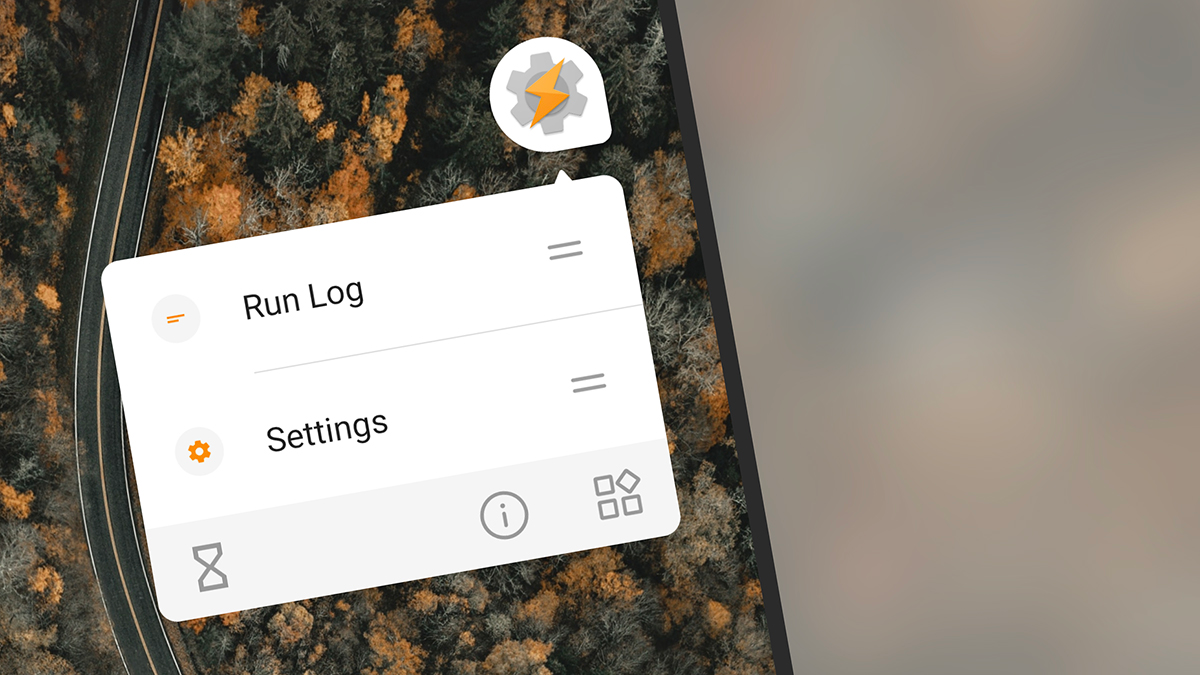Summary
- Tasker now uses AI to automate setting up routines and widgets, making the process less manual.
- AI in Tasker is conversational, allowing users to command the AI using voice prompts, even for refinement.
- Version 6.5 of Tasker with this AI capability is rolling out now.
Automation apps are one of the best things to happen to the Android ecosystem. They take the hassle of repetitive and mundane series of operations away, but the rather painful task of creating said automations is still very much manual. Thankfully, the folks at Tasker, one of the leading apps in this segment, had the same idea we got last year — unleashing AI’s smarts on the tedious setup process for automations and routines. That update is now rolling out for users.
Setting up an automation is not as fun as using it because you often spend too much time thinking up every possible use case, and then revisiting the logic when it doesn’t work as planned. Of all the AI apps, Tasker is the most comprehensive one I’ve used, and it stays ahead of the curve with regular updates. After including support for all the Android 15 features last year, April’s beta build saw the debut of AI-generated interactive widgets in Tasker.
All you do is supply a text prompt of what you want to create, and the app’s own AI interprets it, and creates a new custom widget with suitable trigger automations, refresh intervals, and UI elements down to the color and size of items. Obviously, you can manually tweak all these variables later. This implementation beats the community-curated stuff at Taskernet in that the AI’s automation is tailored to you, and you can save time looking for someone else’s project that would work for you.
AI in Tasker is now conversational
Well, sort of
Tasker’s AI abilities have taken a logical step-up with version 6.5 now rolling out. This version now builds automation flows and widgets, as you prefer. You can also command the AI using voice prompts instead of the cumbersome alternative of typing every prompt out. So, you can start off with something simple like “I want no sound at home.” The AI should follow up with a question about how to identify home (trigger), where you can specify the GPS location or Wi-Fi network connection that will trigger the automation. While this simple example gets the utility across, I’m certain the
It’s worth noting that the Play Store still hasn’t published the latest version, so interested users are encouraged to sideload the update from the developer’s page, or wait on Google patiently. To hit the ground running, the developer also offers downloadable versions of the example projects from the video above, on the same page.


